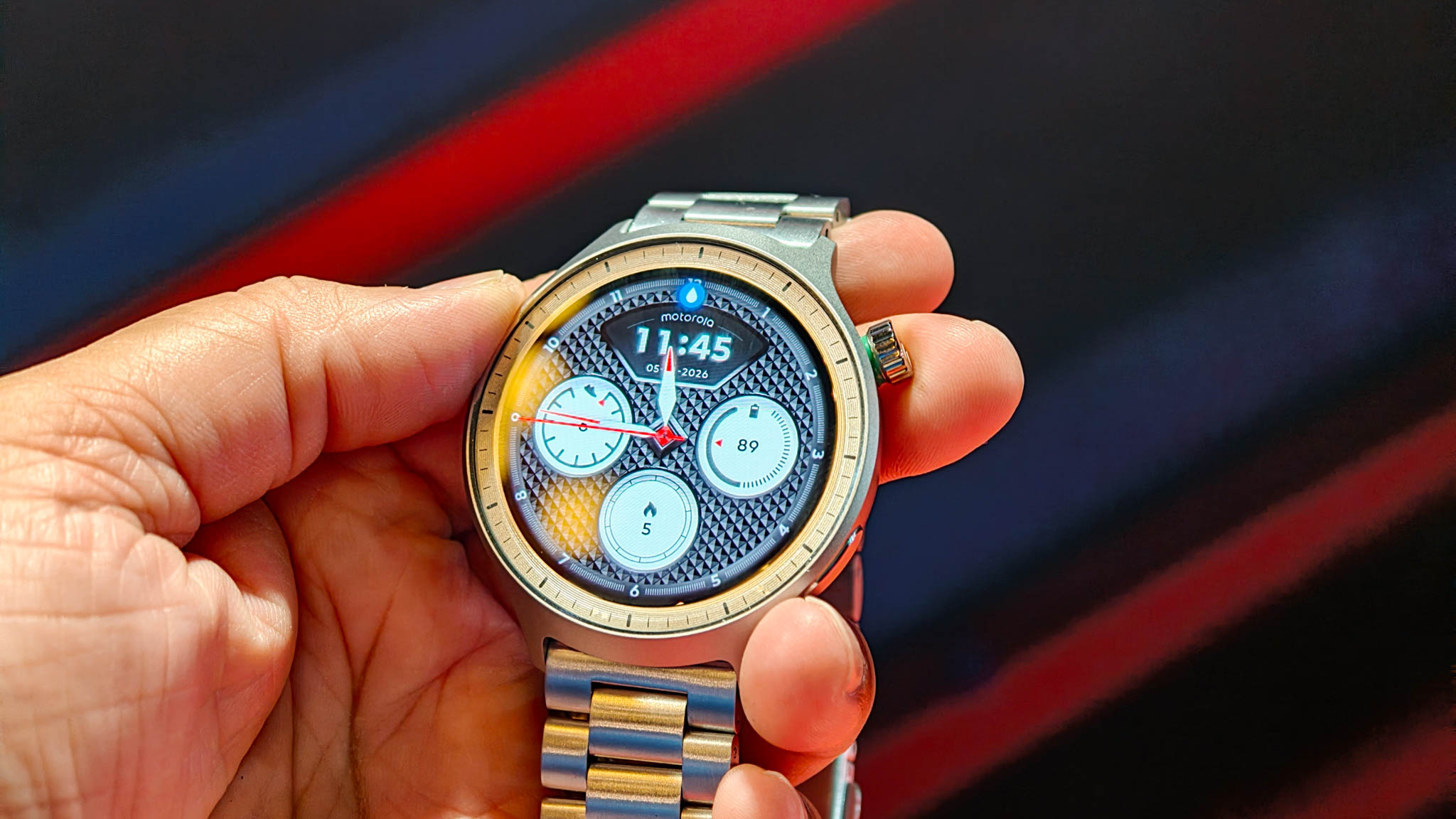Android Central Verdict
Vivo is making a statement with the X100 Pro. The phone is powered by the Dimensity 9300, and it is faster in daily use than devices powered by the Snapdragon 8 Gen 3. The new AMOLED display is astounding, and the fact that it goes up to 3,000 nits makes it a stellar choice for HDR content. But the biggest reason for buying the X100 Pro is the cameras; thanks to a 1-inch main camera and terrific auxiliary modules, the phone takes magnificent photos and videos in just about any situation. Combine that with a large battery that lasts up to two days, ultra-fast charging tech, and cleaner software with less bloatware, and the X100 Pro is turning out to be an early contender to one of the best phones of 2024.
Pros
- +
Incredible cameras
- +
Gorgeous design
- +
Terrific AMOLED display that goes up to 3,000 nits
- +
The fastest Android phone currently available
- +
Cleaner software with long-term updates
- +
Standout battery life with 100W charging
- +
IP68 dust and water resistance
Cons
- -
Selfie camera isn't as good
- -
Only available in select global markets
Why you can trust Android Central
Vivo got a lot right with the X90 Pro, and it is continuing that momentum with the X100 series. The X100 Pro has the same broad design, but that's where the similarities end — you get a new AMOLED panel that goes up to 3,000 nits, MediaTek's Dimensity 9300 is an incredible mobile chipset that goes up against the best that Qualcomm has to offer, and there's a larger battery.
The biggest upgrade is around the cameras, with Vivo offering a trio of 50MP cameras that may just be among the best you'll find today. The software has a fresh coat of paint as well, and the device will get long-term updates. Vivo is essentially preempting its rivals by rolling out its 2024 flagship globally ahead of the likes of the OnePlus 12, Xiaomi 14, and Galaxy S24 Ultra, so let's take a look at what you're getting with the X100 Pro, and whether it measures up in real-world use.
Vivo X100 Pro: Specs, price, and release date

Vivo unveiled the X100 series in China in November 2023, and launched the devices globally on December 15. There are two models in the series — the X100 and X100 Pro — and there isn't a whole lot different between the two.
Both devices feature the same 6.7-inch AMOLED panel and the same Dimensity 9300 platform, and have identical designs. The X100 Pro comes with a 1-inch main camera alongside a 50MP zoom lens that goes up to 4.3x optical zoom, with the X100 using a 50MP 1/1.49-inch camera and a 64MP zoom module that does 3x. Both devices use the same 50MP wide-angle lens.
The X100 Pro has a larger 5400mAh battery, but you get 100W charging — the X100 has a 5000mAh battery with 120W charging tech. Both devices are now available in Thailand, Vietnam, Malaysia, and Indonesia, and they're launching in India on January 4.
| Category | Vivo X100 Pro |
|---|---|
| OS | Funtouch 14 based on Android 14 |
| Display | 6.78-inch 120Hz LTPO AMOLED, 2800x1260, HDR10+, 3000 nits |
| Chipset | Mediatek Dimensity 9300, Immortalis-G720, 4nm |
| RAM | 12GB/16GB LPDDR5X |
| Storage | 256GB/512GB/1TB UFS 4.0 |
| Rear camera 1 | 50MP f/1.8 23mm, 1/0.98-inch sensor, OIS, 4K at 60fps |
| Rear camera 2 | 50MP f/2.0 15mm wide-angle, 1/2.76-inch sensor, autofocus |
| Rear camera 3 | 50MP f/2.5 100mm 4.3x telephoto, 1/2-inch sensor, OIS |
| Front camera | 32MP f/2.0 |
| Ingress protection | IP68 dust and water resistance |
| Connectivity | Wi-Fi 7, Bluetooth 5.4, NFC, Sub-6 5G |
| Security | In-screen optical fingerprint |
| Audio | USB-C, stereo sound, 24-bit/192kHz |
| Battery | 5400mAh battery, 100W charging, 50W wireless charging |
| Dimensions | 164.1 x 75.3 x 9.1mm |
| Colors | Asteroid Black, Startrail Blue |
Vivo X100 Pro: Design

Vivo hasn't changed the design too much from the X90 Pro, so you get a large slab of a phone with a massive camera island at the back. If anything, the camera housing is even larger than last year, and it dominates the attention at the back — much like anchovies on a pizza. There's a stainless steel ring that encircles the camera housing, and there's Zeiss branding in the middle.
The back of the phone looks good thanks to the circular camera island, and unlike last year, you don't get a garish metal band that runs across the width of the device (thankfully). There's still the Xtreme Imagination tagline emblazoned underneath the camera island, but you can easily hide that away with a case. Another change is the materials, with Vivo going back to a glass back this time around — there's no vegan leather option. The back has a silky finish, and while it isn't as nice as the leather-backed X90 Pro, it is better than a glossy coating.
Get the latest news from Android Central, your trusted companion in the world of Android
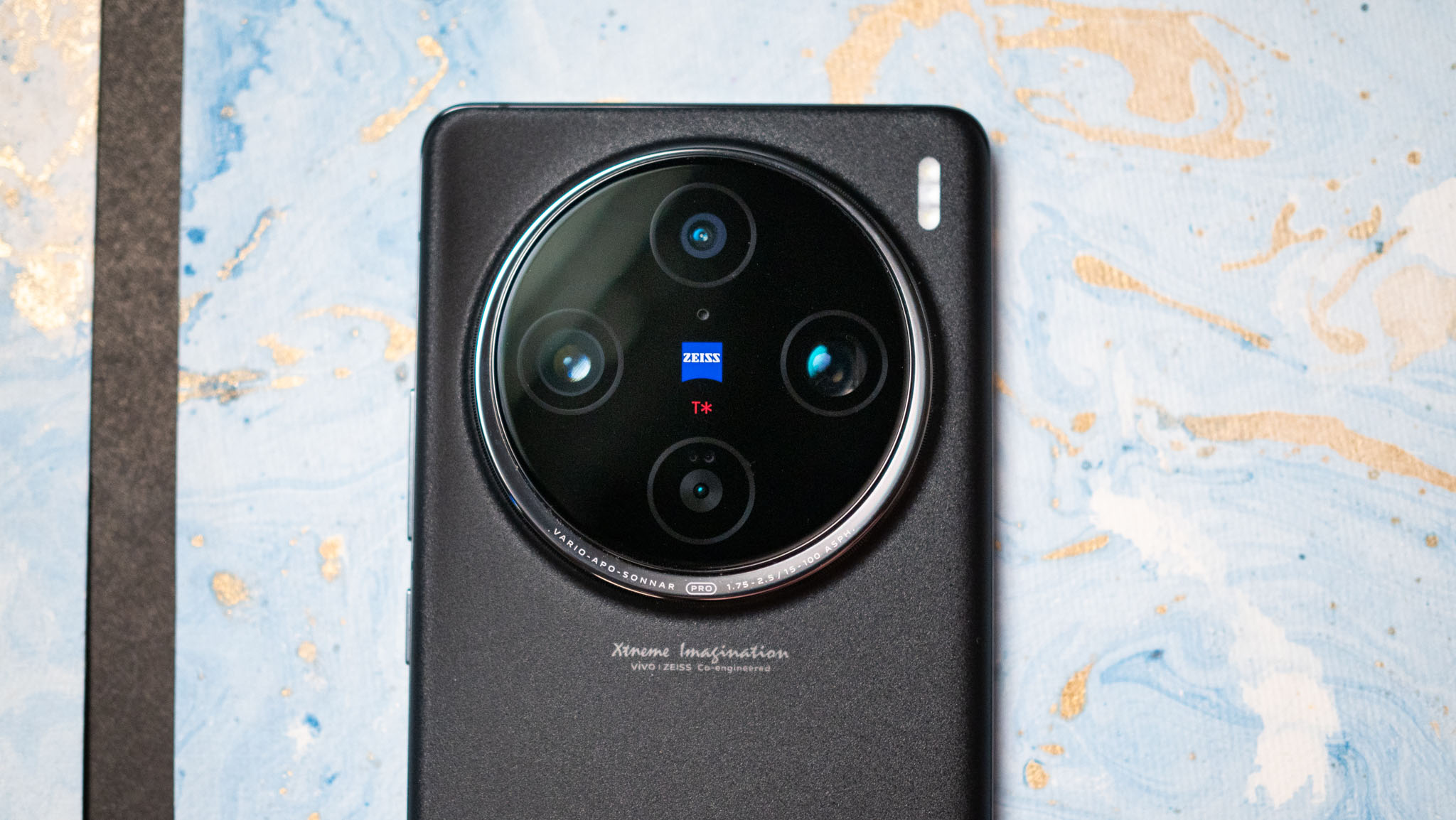
There are two color variants this time around — Asteroid Black and Startrail Blue — and the latter is the more interesting of the two. I'm using the black variant, and it isn't quite as evocative as the blue version, which is inspired by the Milky Way and has a unique design at the back. The device itself is great to hold and use, and while it is on the heavier side at 225g, Vivo nailed the weight distribution.
You also get a dual-curved design, but the curvature is minimal, and there's enough thickness around the mid-frame to hold the device without any issues whatsoever — this hasn't always been the case with a few phones I used in 2023. The phone uses a stainless steel mid-frame as well, and the positioning of the buttons hasn't changed; the power and volume buttons are on the right, you get the USB-C port and SIM card tray at the bottom, and there's an IR blaster up top.
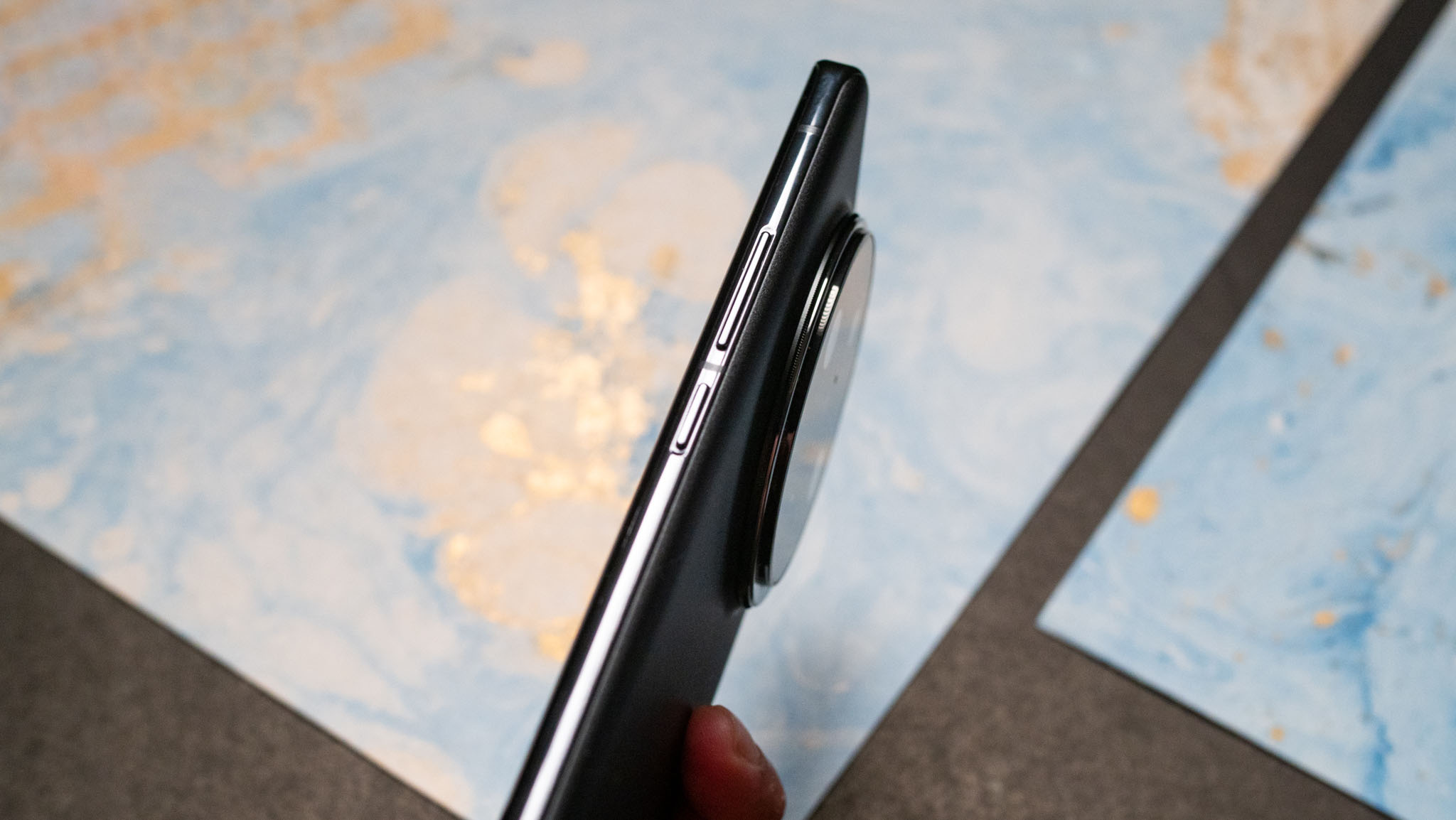
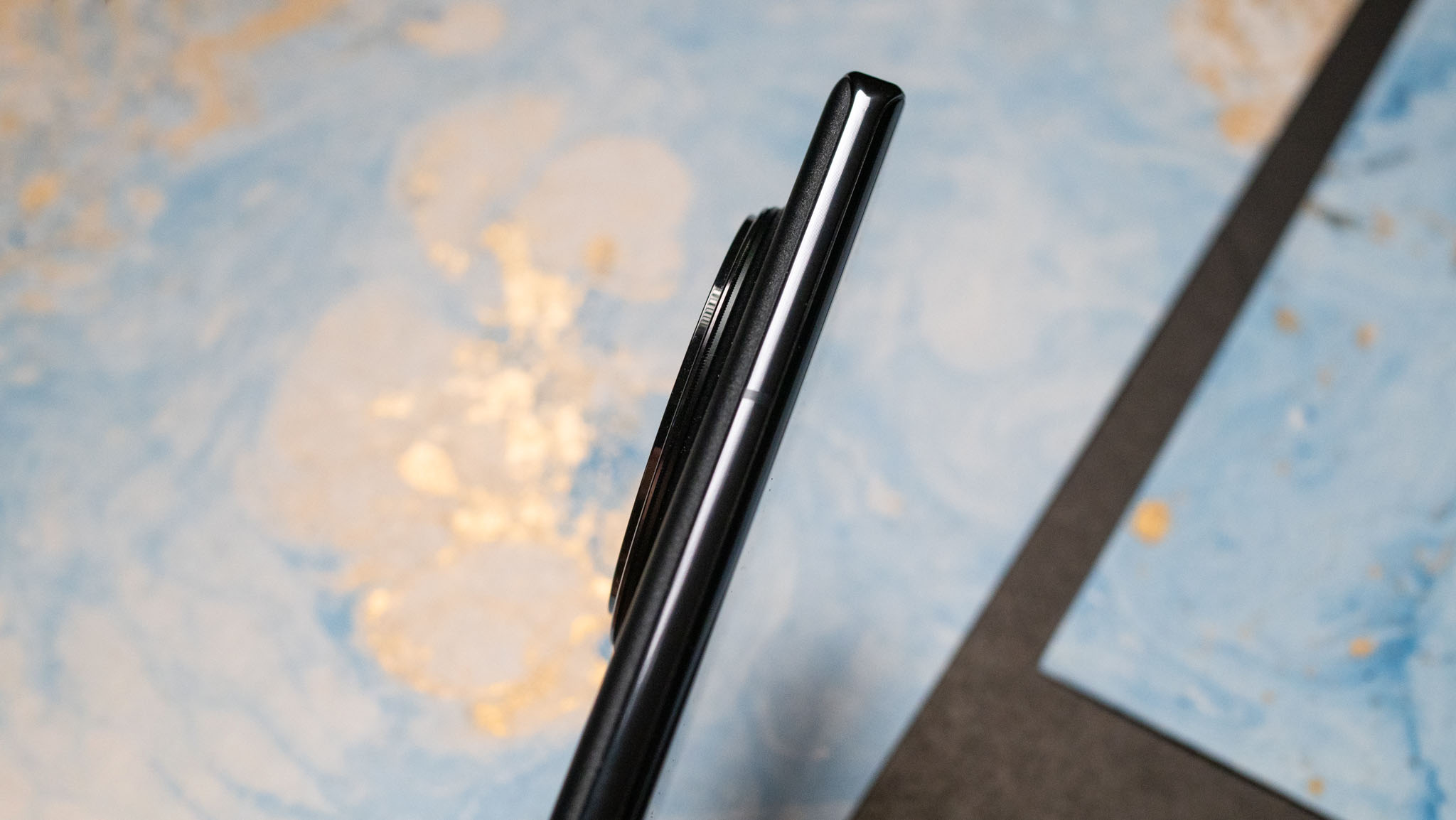
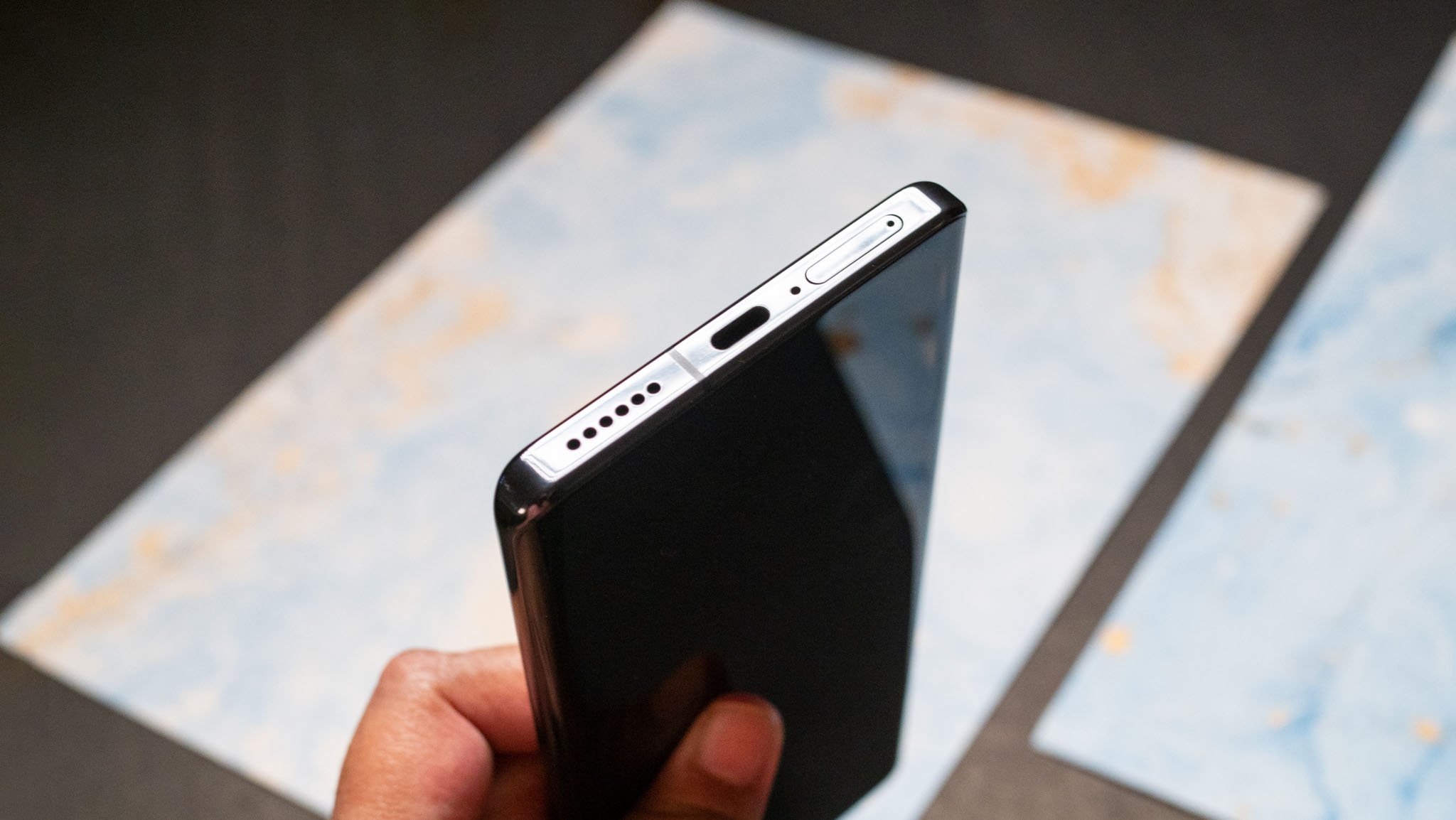
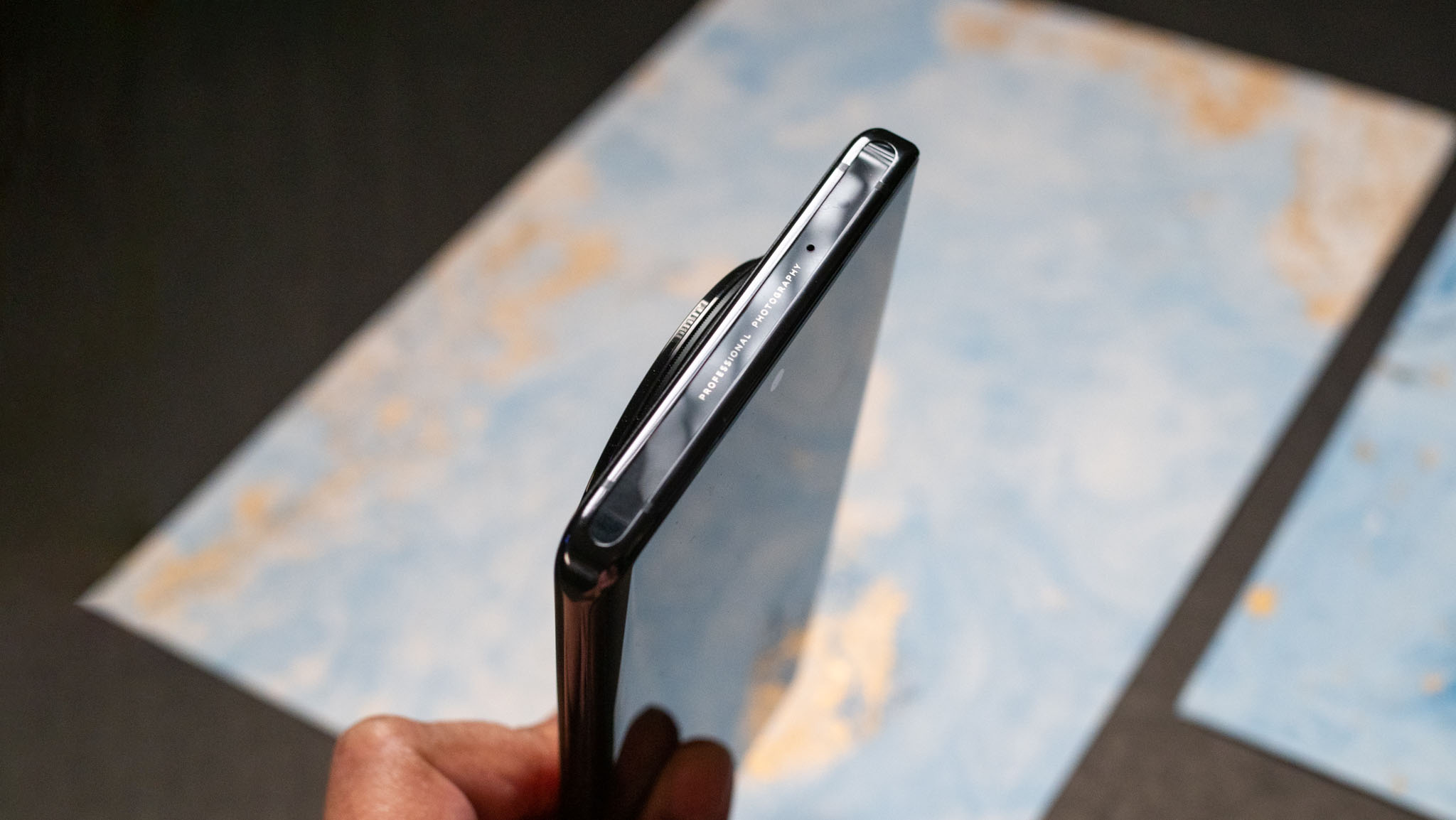
What's interesting about the X100 Pro is that it doesn't wobble when sitting on a flat surface, and that's down to the gargantuan camera housing. That said, my only quibble with the design is that the in-screen fingerprint module sits too close to the bottom of the screen, making it awkward to access when using the phone one-handed. I had the same issue with the iQOO 12 as well, and as Vivo is using the same panel on both phones, the location of the module was unchanged as well.
To round things off, you get IP68 dust and water resistance, similar to the X90 series. Overall, Vivo didn't alter the design language too much over last year, but the larger camera housing combined with the subtle tweaks to the design make the X100 Pro that much more distinctive.
Vivo X100 Pro: Display

Vivo retained the same 6.78-inch screen size as last year, but the X100 Pro uses a brand-new panel sourced from BOE. The big differentiator here is that it goes up to 3,000 nits in HDR content, a sizeable achievement. You get the usual features that you'd want in a flagship, including an LTPO AMOLED panel, 2160Hz PWM dimming that's designed to be easy on the eyes, and 120Hz refresh. The refresh dynamically scales based on the content you're viewing, and I had no issues in this area.
The X100 Pro has tiny bezels on all sides, and the curvature of the screen isn't a hindrance in daily use. Colors are great out of the box, and you can tweak the color balance, change the screen resolution (between 2400x1080 and 2800x1260) and use a slew of AI-backed features that boost color vibrancy in YouTube and Netflix.
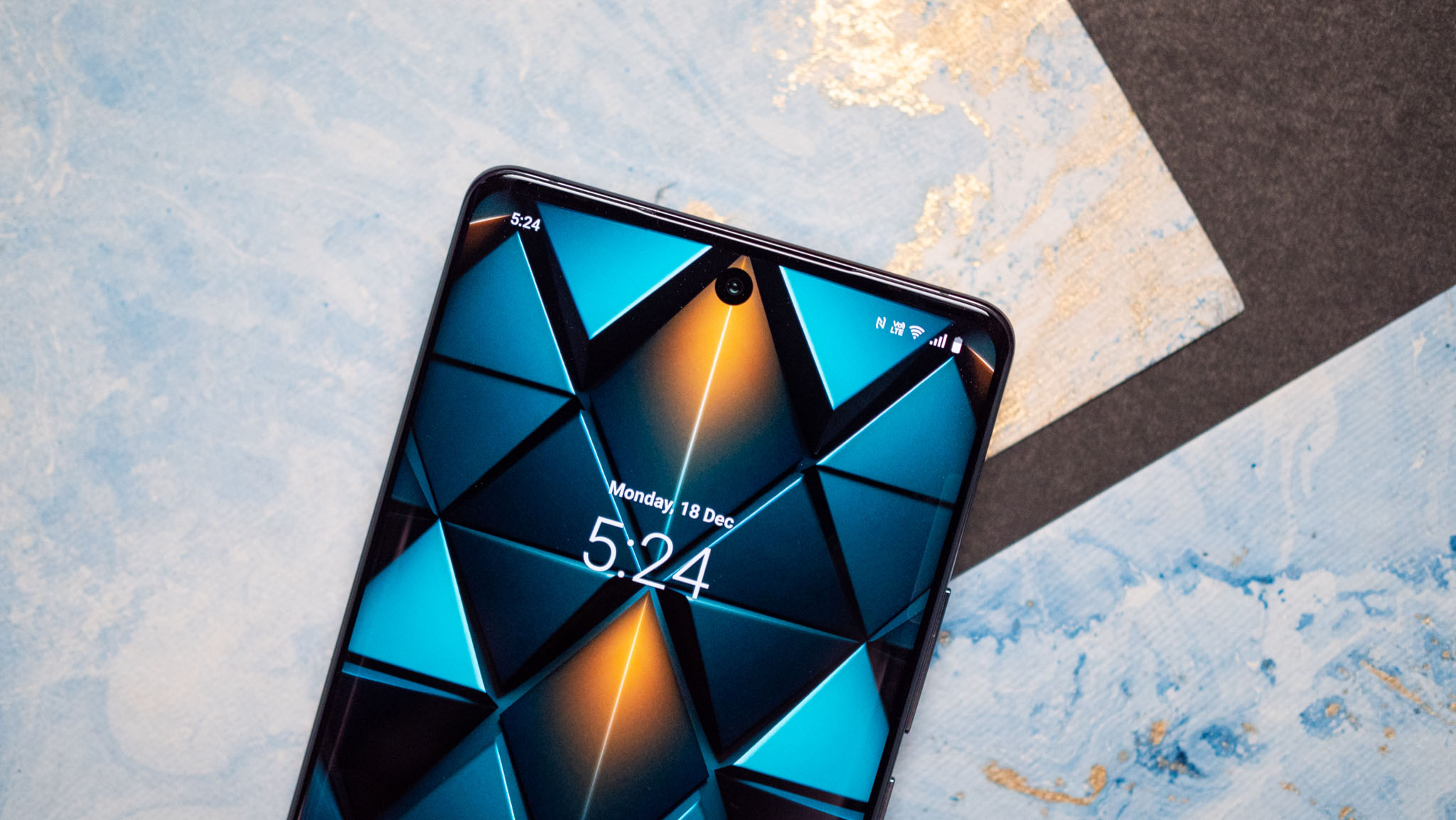
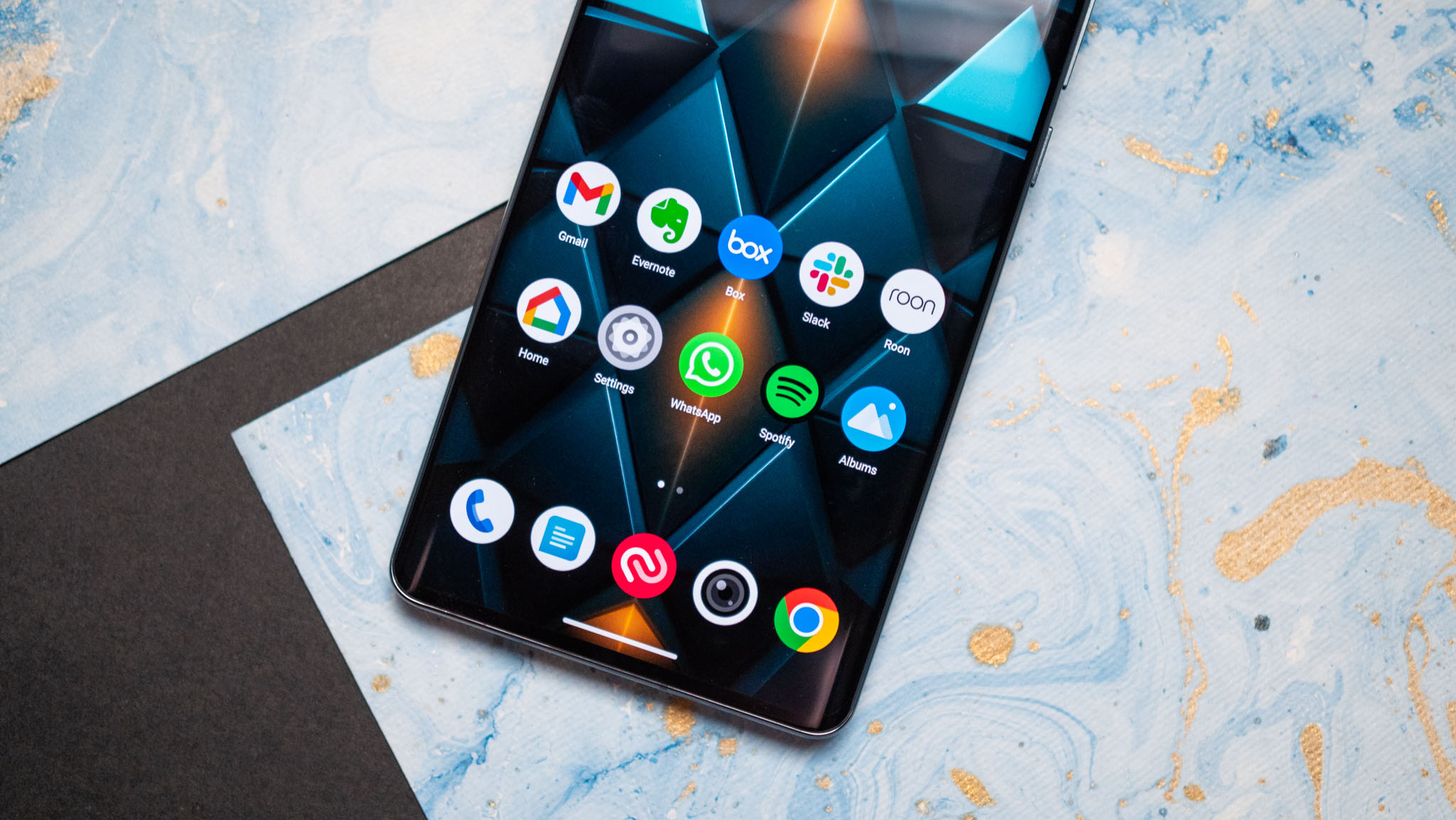
As you'd imagine, the X100 Pro has terrific colors and contrast levels, and streaming HDR content is thoroughly enjoyable on the device. It also does a great job with gaming, and thankfully, you're not limited to 60fps — if a game lets you plat at 120fps, you can do just that on the device.
Other than that, you get the usual set of features; the always-on mode has plenty of customizability, and you can set up your own styles. Onboard sound is very good too, and you get serviceable stereo sound while playing games and streaming content. Of course, there is distortion at higher volumes, but that's the case with most phones.
While the screen size hasn't changed, the increased brightness and color fidelity makes the X100 Pro that much more enjoyable. Vivo did all the right things in this area, and I'm excited to see what other brands do with this panel.
Vivo X100 Pro: Performance and battery

Vivo switched over to MediaTek on its high-end phones last year, and the X100 Pro sees the introduction of the Dimensity 9300. There's a lot of excitement around the Dimensity 9300 as it uses a custom core configuration that's different to just about anything else in this category. Essentially, you get four large Cortex X4 cores that are joined by four Cortex A720 cores that handle most of the day-to-day tasks.
Going this route means the Dimensity 9300 has a noticeable advantage over the likes of the Snapdragon 8 Gen 3 in multi-core workloads. I assumed there would be increased battery usage as the usual A520 efficiency cores are missing here, but that hasn't been the case; the A720 cores are clocked at 2.0GHz, and in the two weeks I used the phone, the power draw was on par with the iQOO 12, so that's a good sign. Basically, the X100 Pro should hold its own against the best Android phones in this regard.
| Category | Vivo X100 Pro | iQOO 12 | iPhone 15 Pro Max |
|---|---|---|---|
| CrossMark (Overall) | 1177 | 1324 | 1401 |
| Productivity | 1216 | 1302 | 1404 |
| Creativity | 1143 | 1320 | 1573 |
| Responsiveness | 1186 | 1404 | 984 |
| Geekbench 6 (single-core) | 2220 | 2552 | 2950 |
| Geekbench 6 (multi-core) | 7258 | 6952 | 7381 |
| 3DMark Wild Life Extreme (score) | 4610 | 4329 | 3648 |
| 3DMark Wild Life Extreme (FPS) | 27.60 | 25.92 | 21.9 |
| 3DMark Solar Bay (score) | 7600 | 8042 | 5024 |
| 3DMark Solar Bay (FPS) | 28.9 | 32.33 | 19.1 |
The Dimensity 9300 is outstanding in daily use, and I didn't see any issues whatsoever with performance; the X100 Pro is among the fastest phones available today, and it handled demanding games as well as multi-tasking without breaking a sweat. The only area where there's a noticeable difference over Qualcomm-powered devices is throttling; running the same game on the X100 Pro and iQOO 12 showed that the Dimensity 9300 had a tendency to throttle a little earlier, and it got slightly warmer as well.
Vivo isn't changing things too much in terms of storage variants; the base model of the X100 Pro comes with 12GB of RAM and 256GB of UFS 4.0 storage, and those variants go up to 16GB/1TB. That said, we'll have to wait and see if the 1TB model becomes available in most global markets.
There isn't anything missing on the connectivity side of things either, with the X100 Pro featuring global 5G connectivity over Sub-6 bands, a Wi-Fi 7 modem that's designed to take full advantage of multi-Gigabit networks, Bluetooth 5.4, NFC, dual band GPS, and AptX HD codecs. The vibration motor is excellent as well, and it delivers granular feedback in daily use.
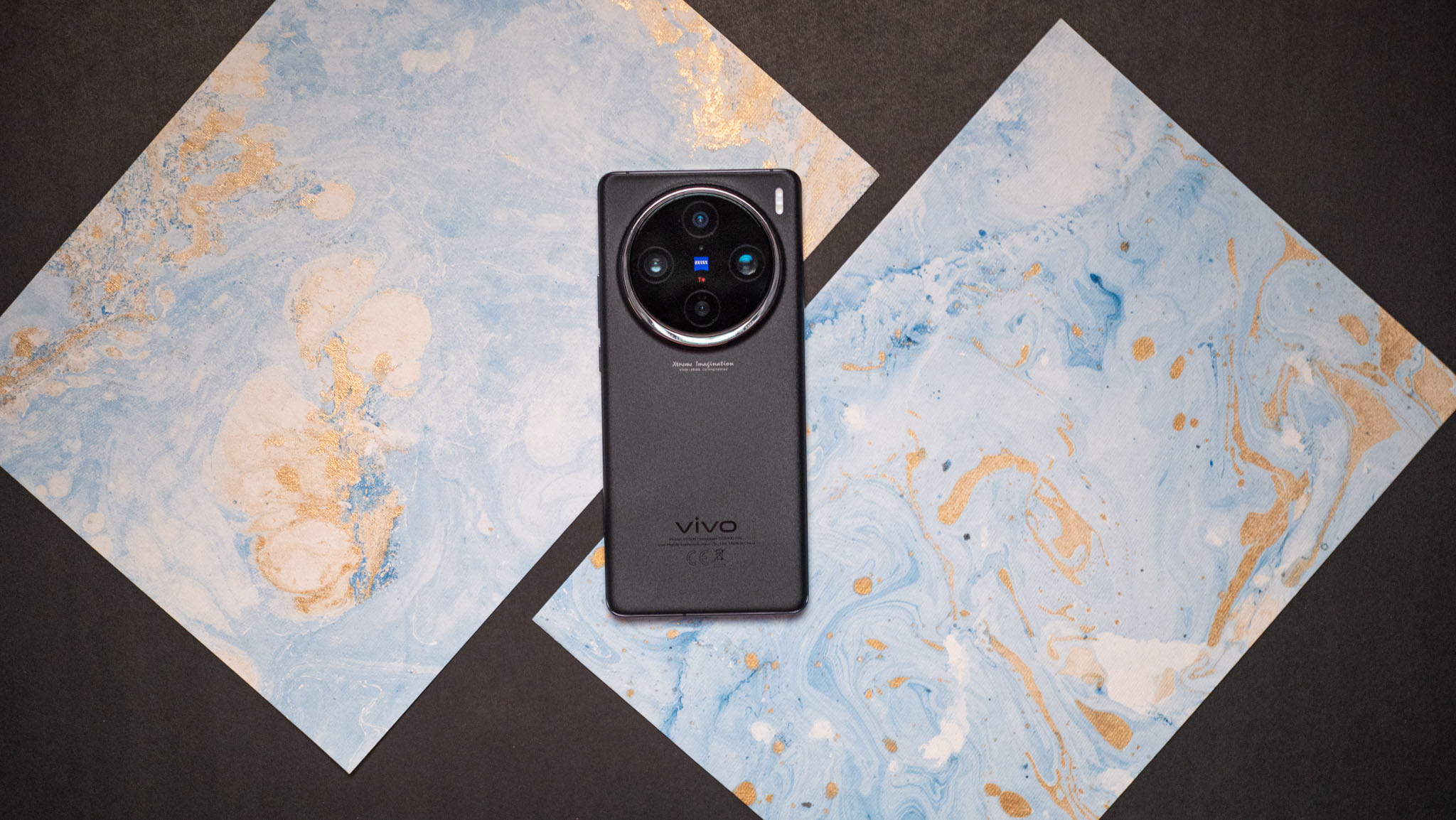
Most brands used a standard 5000mAh battery over the last three days, but we're seeing that change in 2024, with 5400mAh units starting to become the norm. Just like the iQOO 12, the X100 Pro uses a 5400mAh battery that sees two 2700mAh cells, and it goes up to 100W and 50W wirelessly. Battery life is outstanding, and I easily got up to two days of use consistently with the device. Even with heavy use, I managed a day and a half before charging the device, and there's absolutely no battery anxiety on the device.
Even though the X100 Pro goes up to 100W, Vivo bundles its 120W charger in the box. A full charge takes just over 32 minutes, and you can easily get to the 50% mark in just over 12 minutes. The only downside is that the charger is bulky, but the fact that you get one in the box at all is a big deal these days.
Vivo X100 Pro: Cameras

The X100 Pro continues Vivo's heritage of offering strong cameras, and this time, there are considerable upgrades on offer. The phone has a 50MP Sony IMX989 main camera with a 1-inch sensor, and it's joined by a 50MP wide-angle with autofocus, and a 50MP zoom lens with 4.3x optical zoom. The front 32MP module is unchanged, and it still only does 1080p video.
Vivo touts a new stabilization system that makes a difference when shooting the zoom lens or taking macro shots, and the main camera has Zeiss's T* coating that's designed to reduce reflexivity considerably. You also get a custom V3 imaging chip that enables Cinematic Portrait videos at 4K and delivers natural skin tone segmentation, and the 6nm design is 30% more energy efficient than last year.
The camera interface is identical to the X90 series, and you get all the shooting modes in a ribbon at the bottom, with toggles for the various lenses, Google Lens, flash, beauty effects, and macro mode. Similar to what Xiaomi and other Chinese manufacturers offer on their phones, Vivo has a slew of custom effects that leverage Zeiss's lenses.




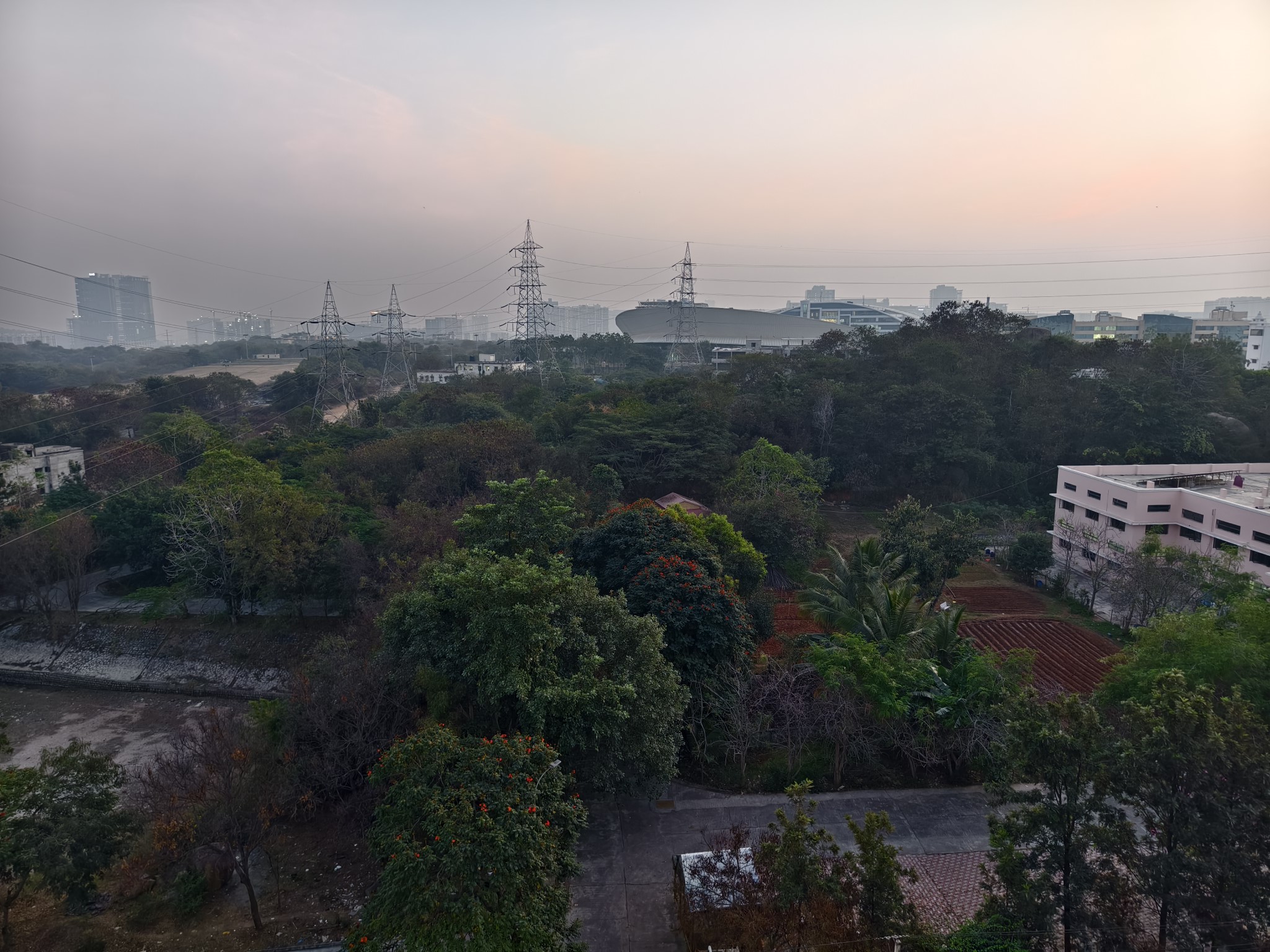
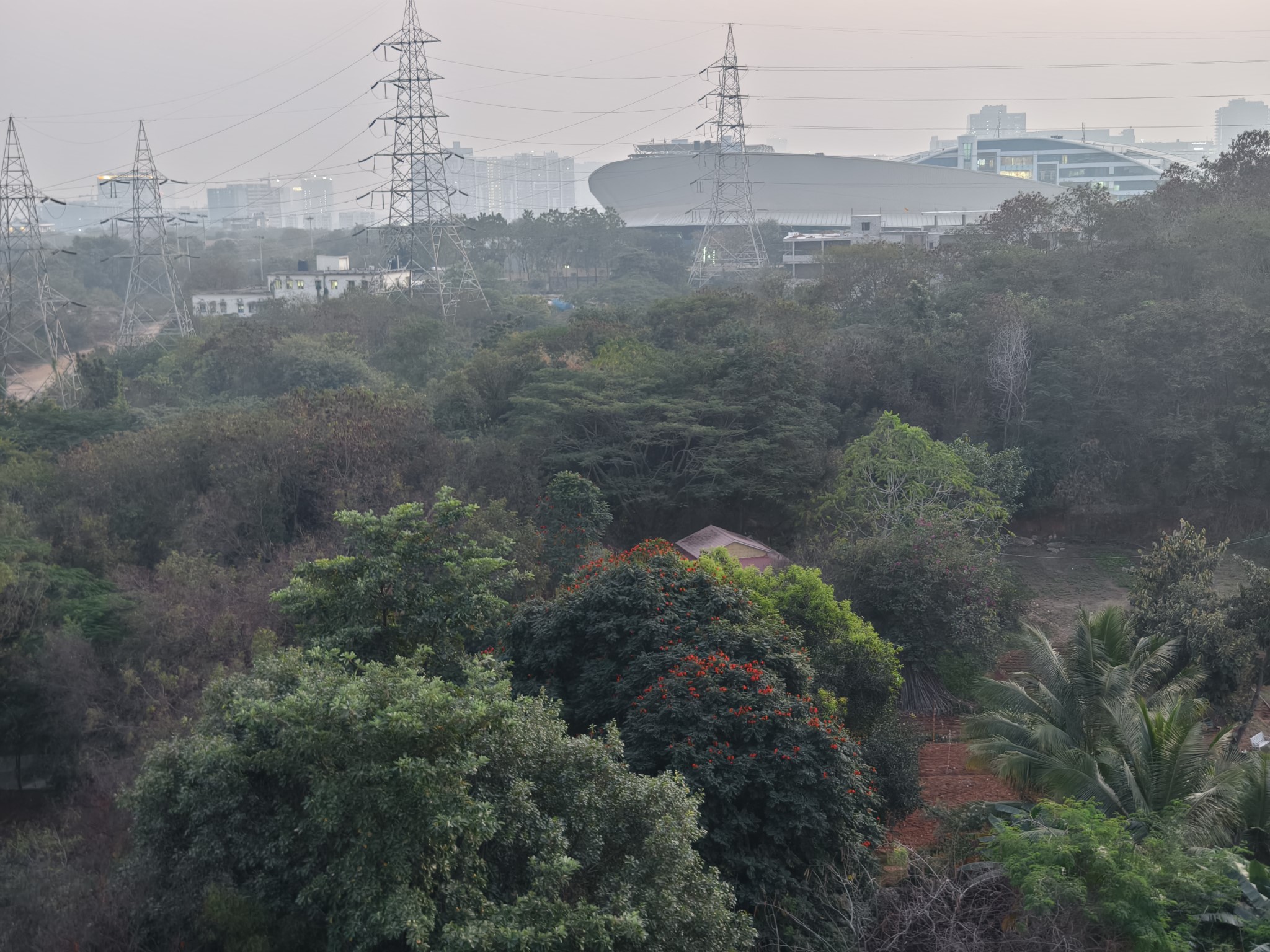

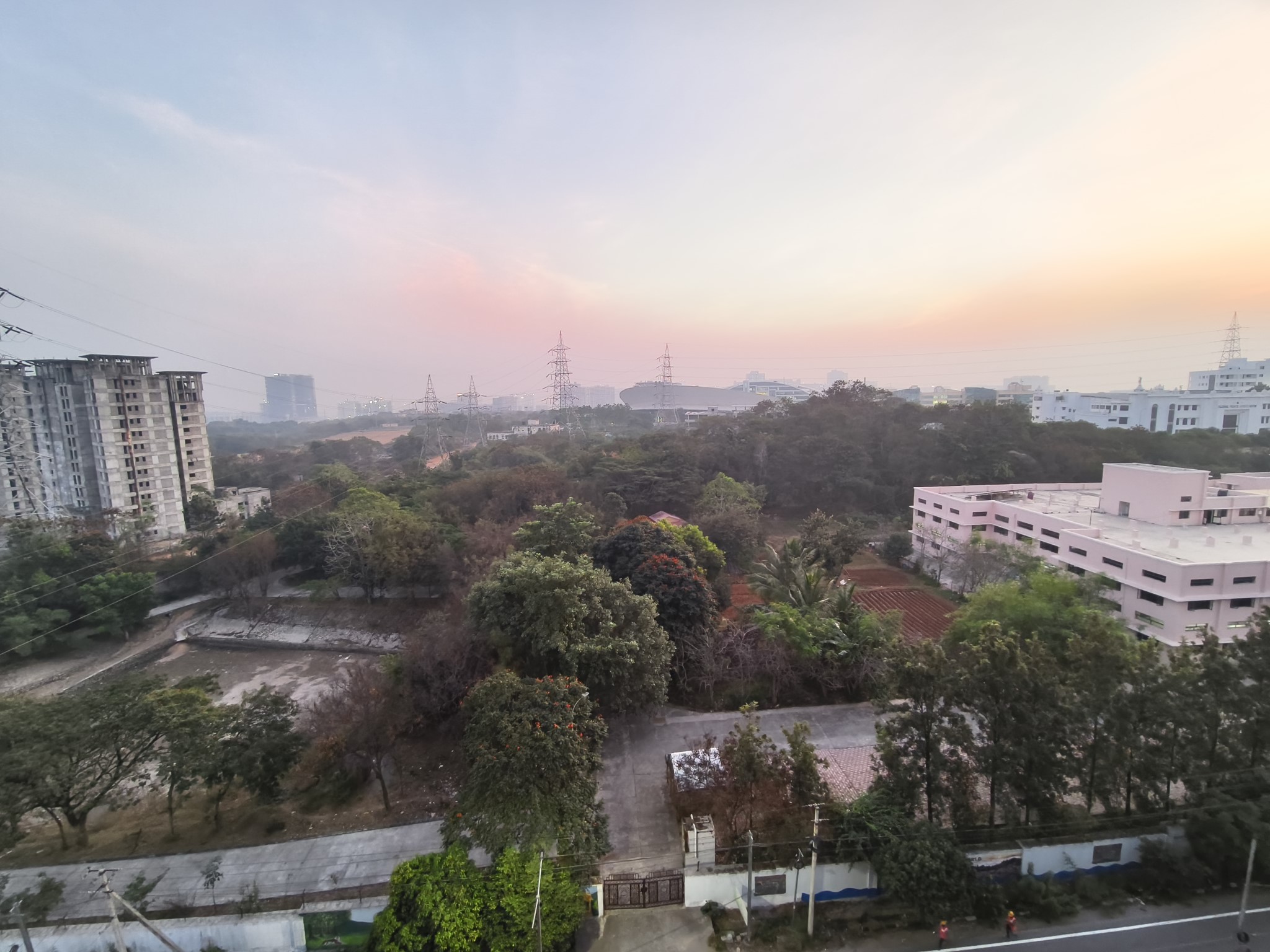
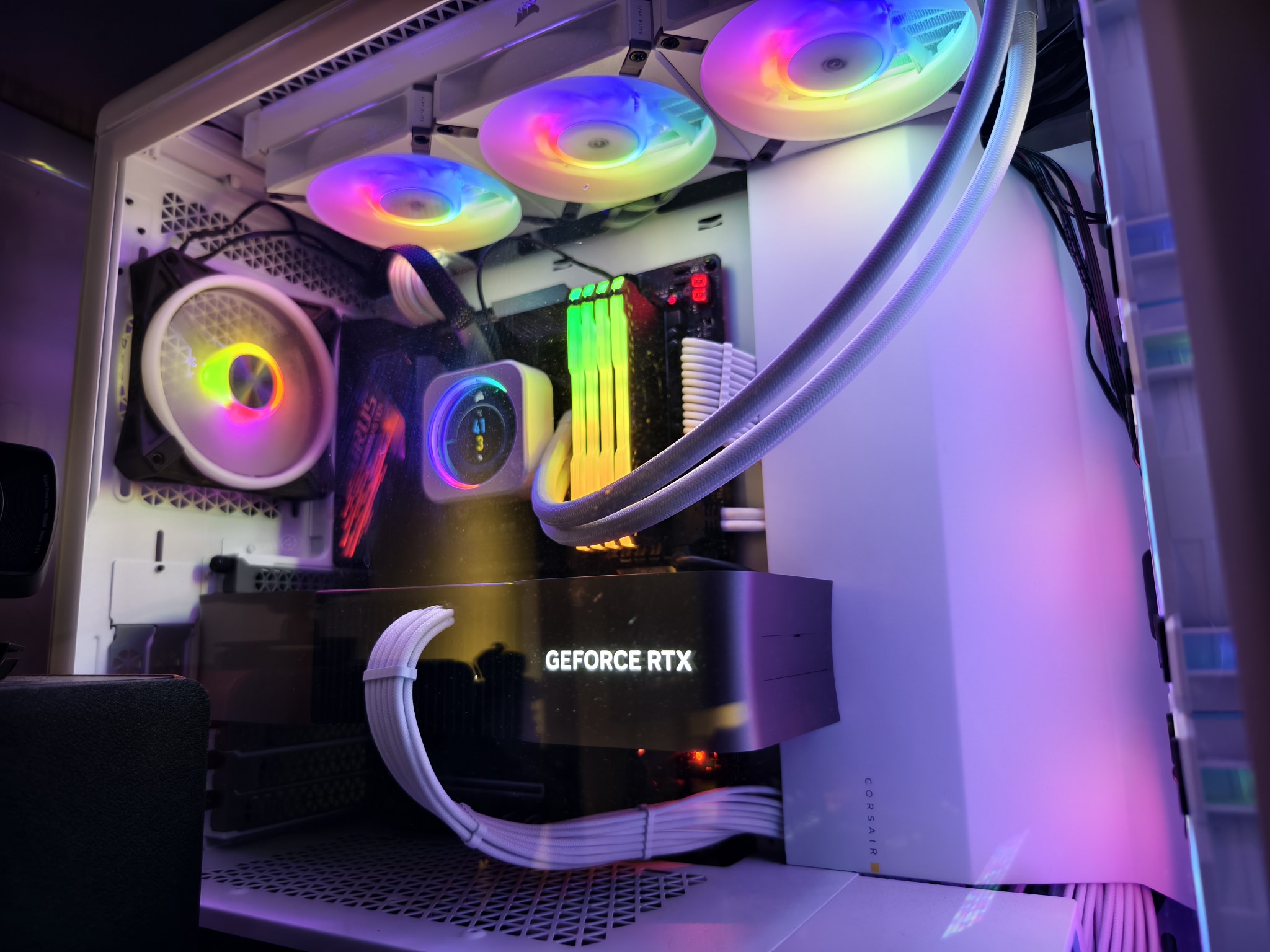

Coming to daylight shots, the X100 Pro does a terrific job outdoors and indoors, with resultant images offering great dynamic range and color vibrancy. There's no visible noise levels, colors aren't overly saturated, and foliage is rendered accurately. The main camera does incredibly well in low-light situations as well, delivering photos with good details and minimal noise.
It does a particularly good job in scenarios where there's little to no visible light, and the night mode definitely comes in handy. What I like is the natural bokeh when taking photos of nearby objects, and the X100 Pro does a great job in this regard. The wide-angle lens holds up well, and while there were instances where the color balance was a little off at times, these issues were rectified with a software update.
The telephoto lens is one of the best you'll find on any device today, and it delivers detailed photos at a 4.3x zoom level with no noticeable loss in quality. It does a terrific job in low-light scenes as well, and you'll get decent shots up to 10x without too much of a hassle. In a similar vein, the phone takes incredible portrait shots, and you can choose between several focal lengths and effects.
With four focal lengths to choose from — 24mm, 50mm, 85mm, and 100mm — the X100 Pro offers one of the most versatile camera packages available today, and the auxiliary lenses do a standout job in most scenarios. All three cameras can shoot 4K video at 60fps as well, and the built-in stabilization is among the best on Android. On the whole, the X100 Pro has what it takes to go up against the likes of the Xiaomi 13 Ultra and Pixel 8 Pro.
Vivo X100 Pro: Software
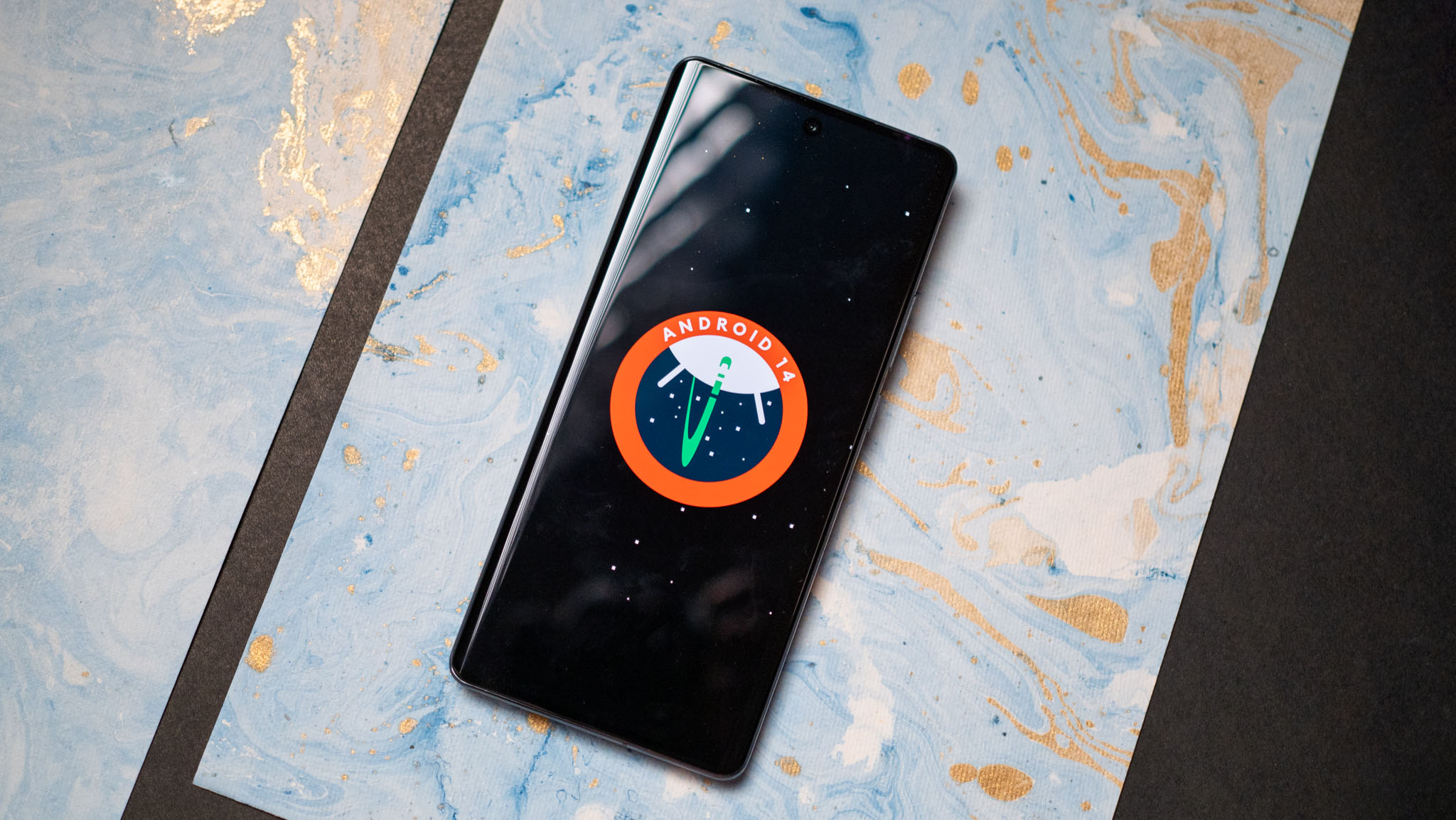
The biggest issue with using Vivo phones in the past was the software, and thankfully, the brand has made positive strides in this area over the last 12 months. The X100 Pro runs Funtouch OS 14 based on Android 14 out of the box, and it has a cleaner UI along with a lot of customizability. But what I like best is that there's less bloatware than previous years.
You don't get much in the way of Material You influences other than the dynamic color picker, but that in itself makes a lot of difference to the interface, and gives it a lot of vibrancy. Considering the interface was a poor imitation of iOS even until a few years ago, this is a pretty big turnaround, and Vivo deserves a lot of credit.

There's still plenty of customization available, whether you want to set up always-on styles, change the look of the overview menu, tweak home screen transitions, set up lighting effects, and so on. Vivo bundles Google's dialer and Android Messages out of the box, and the notification pane has two large tiles that can be customized alongside smaller tiles.
The interface is optimized to take advantage of the powerful hardware, and it is smooth in daily use. On the whole, I like what Vivo did here, and the UI is a definite improvement from earlier versions. On that note, Vivo guarantees four platform updates, so the X100 Pro will get long-term updates on par with its immediate rivals.
Vivo X100 Pro: The competition
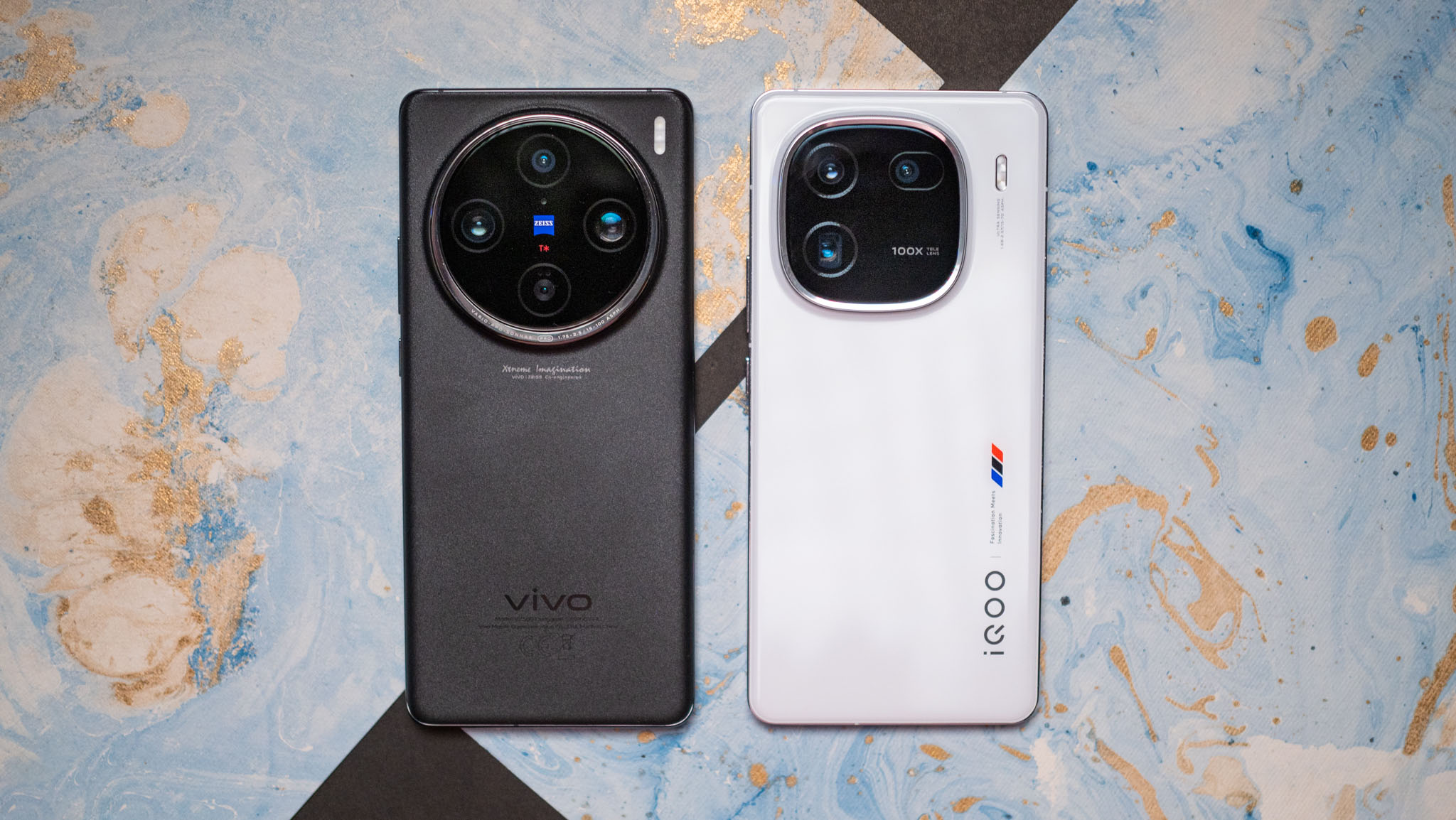
If you like the look of the X100 Pro but want something that's more value-focused, you may want to consider the iQOO 12. You basically get the same software, same AMOLED panel that goes up to 3,000 nits, and it's powered by Qualcomm's Snapdragon 8 Gen 3. I also like the design quite a bit, and the 5400mAh battery means you don't need to plug it in during the day. The cameras are much better than last year, but it isn't on the same level as the X100 Pro. That said, the iQOO 12 is much more affordable.
Then there's the OnePlus 12. The device is yet to make its global debut, but it also has a lot of similarities to the X100 Pro — which is reasonable as both brands are owned by BBK — and I'm excited to test out its cameras. In a similar vein, the Xiaomi 14 is debuting globally in Q1 2024, and it also has cameras that should hold up well against the X100 Pro.
Vivo X100 Pro: Should you buy it?

You should buy this if:
- You want a phone that can take amazing photos and videos
- You need the best hardware available on Android right now
- You want one of the brightest screens on any device
- You need all-day battery and ultra-fast charging tech
You shouldn't buy this if:
- You take a lot of videos with the selfie camera
- You need timely software updates
Ultimately, the X100 Pro is Vivo's best effort yet, and it is a terrific showcase for 2024. The phone has considerable upgrades in key areas over the X90 Pro, including a significantly brighter AMOLED screen that's a delight to use, faster internals, larger battery that lasts longer, and much better cameras with subtle tweaks to the tuning that make the X100 Pro hold up against the best Android phones.
I also like the direction Vivo is taking with regard to its software efforts, and the latest iteration of Funtouch OS looks clean and modern, has plenty of customizability, and less bloatware than ever before. Honestly, I can't think of many negatives here, and if you're in a country where Vivo officially sells the X100 Pro, you should consider picking it up.

Harish Jonnalagadda is Android Central's Senior Editor overseeing mobile coverage. In his current role, he leads the site's coverage of Chinese phone brands, networking products, and AV gear. He has been testing phones for over a decade, and has extensive experience in mobile hardware and the global semiconductor industry. Contact him on Twitter at @chunkynerd.


